UberX versus taxis: Why the time for taxis is over
IT’S cheaper, friendlier, cleaner and more efficient than getting a taxi, and Aussies are flocking to it. So why is it being blocked by the law?
IT’S cheaper, friendlier, cleaner and more efficient than getting a taxi. Customers love it, but the taxi industry is using its significant influence over governments to stand in the way of this innovative mode of transport.
“Ride-sharing” service UberX has made significant inroads into the Australian market, despite being illegal in most parts of the country. A survey last year showed that 11 per cent of people in Sydney had used the service during its first six months of operation.
Although the service has quickly grown in popularity, the NSW Transport Department has begun taking UberX drivers to court for breaking the law that requires drivers and cars to be licensed.
It’s also illegal in South Australia and Queensland, while there are signals that things may change in Victoria and Western Australia.
So, is UberX really better than catching a taxi? And why is the government standing in the way of this new option? Here’s what you need to know about taxis’ stoush with Uber.
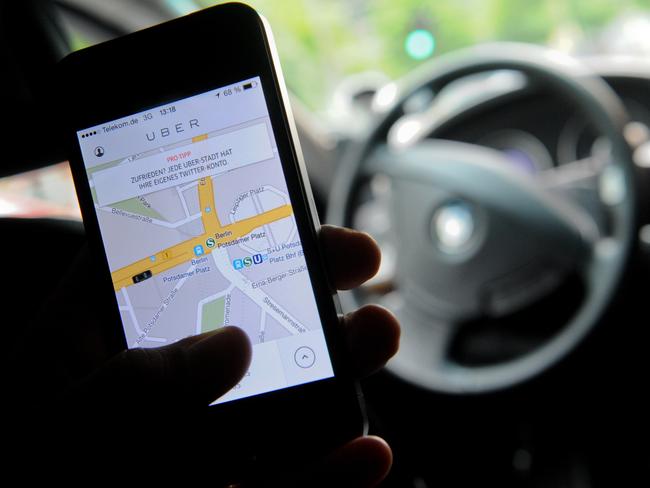
HOW DOES UBERX WORK?
UberX, which came to Sydney in April 2014, is classified as a point-to-point ride-sharing service where private individuals use their own cars to drive passengers for a fee.
Customers can book a car through an app and then track the car’s progress via real-time GPS (global positioning system). Payment is cashless and customers have the ability to give their driver a rating. Drivers who rate, on average, below a four out of five are kicked off the platform.
The company also offers premium hire car service (UberBlack) and, in Sydney, a taxi booking platform (UberTaxi).
Consumers have embraced UberX wholeheartedly in cities around the world.
In San Francisco, where the service was established, the likes of Uber, Lyft and Sidecar have contributed to a 65 per cent decline in average trips per taxi.
While the concept is newer Down Under, analysis from personal finance blog Pocketbook found that for every $12 spent on taxis in Australia, $1 is spent on Uber. It also found that Uber’s market share locally had grown 700 per cent year-on-year from January 2014.

So why are customers flocking to the service? Simple. If you’re catching an UberX, your trip works out to be much cheaper. Additionally, there’s no mechanism to tip drivers, so you save by not feeling obliged to give away your extra change.
The taxi industry argues that using Uber is less safe because drivers are not licensed or properly insured, but Uber rejects this.
“We start with background checks. We will not accept anyone with a criminal history, and that’s not the same for the taxi industry,” Uber Australia general manager David Rohrsheim told news.com.au. “And, unlike a taxi that’s picking you up from the street, you have the driver’s details — you know who they are.”
Uber also has a $5 million insurance policy against every trip. Asked if that policy has been tested, Mr Rohrsheim confirmed it has.
“The taxi industry is seeking to keep us in the dark ages and they’re the only ones speaking out against this,” he said. “We say to them that instead of spending your time spreading fear and intimidating Uber drivers and riders, improve your services. Customers are switching because they’re unhappy.”
Uber has, however, copped flak for its surge-pricing policy, which charges customers more when there is high demand, such as on New Year’s Eve. The company was criticised when it charged customers four times the normal rate to leave the Sydney CBD during the Martin Place siege in December. The company later said it would refund the cost of the rides affected.
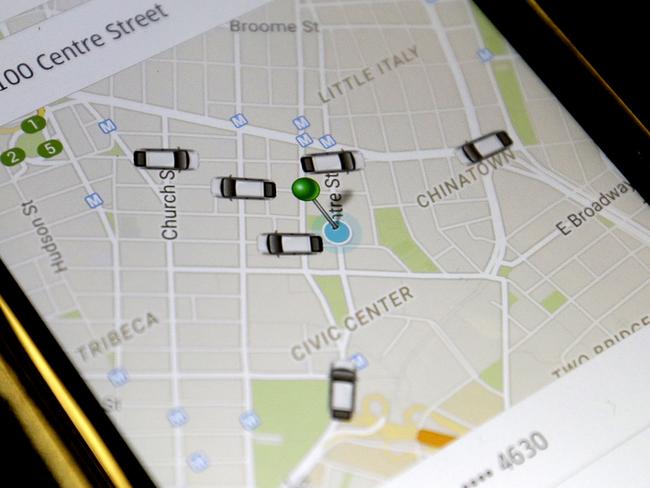
WHAT DO CUSTOMERS SAY?
Sydney communications worker Peter Kloczko, 28, said he used Uber services about three times a month and found it vastly superior to taxis.
“I can’t recommend it enough. It’s always been a nicer car than any other taxi, and I’ve been in shockers that stink to high hell and barely run,” he told news.com.au.
“It’s a really intuitive and easy app to use and the customer experience is great. I’ve never had (a car) ditch me, I’ve never had one not show up, and the transaction at the end is easy because they have your credit card (details).”
Consumer advocates Choice agree that Uber was good for the industry.
“Uber’s entry into the market was a wake-up call for an industry that was not meeting consumer expectations,” the spokesperson told news.com.au.
“Anyone who has spent hours waiting for a cab in the middle of the night or watched a light being switched off as a cab approaches will be all too familiar of the failings in the taxi industry.
“The task for governments is to ensure consumer protection and safety, whether that is in a taxi or ride-sharing. It’s not to prop up outdated, legacy business models.
“No one should be operating outside of the law, but our laws need to keep pace with the peer-to-peer economy, and right now, they seem to be lagging behind.”
A survey of 2000 Sydney residents from last year found that the main reason people used taxi alternatives like Uber was that they were cheaper (about 50 per cent of respondents). When people were asked why they don’t use taxis, 75 per cent of the respondents quoted the high expense, while 15 per cent said reliability was a major reason for avoiding traditional cabs.
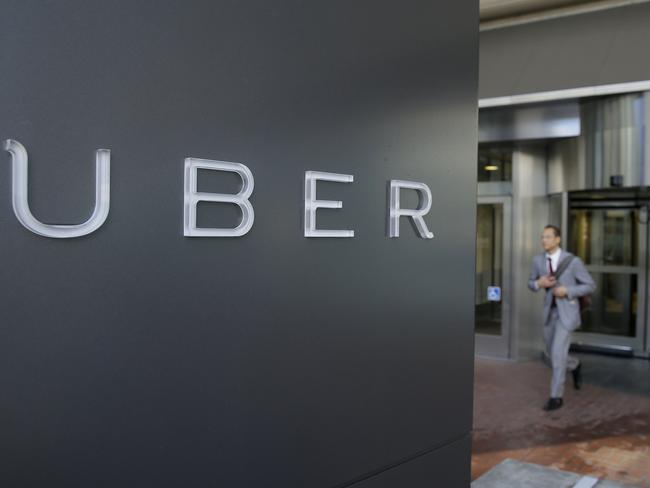
THE CRACKDOWN
Although customers have embraced the service, the NSW Government has begun to crack down on UberX drivers.
Transport for NSW figures show that 20 UberX drivers were before the courts for breaking the Passenger Transport Act and could face fines as high as $110,000 per offence, Fairfax reports.
Roads and Maritime Services has also hit drivers with $2500 fines and threats of further legal action.
Now, Uber is trying to make the stoush a NSW election issue, emailing its customers: “Let your local candidates know what you love about Uber, and tell them that it’s time to introduce sensible ride-sharing regulations.”
A report into taxi fares by the NSW Independent Pricing and Regulatory Tribunal (IPART) released last year argued that the government should regulate ride-sharing services “to create a level playing field”. It found that the competition from UberX was good for the consumer.
However, governments have dragged their feet in making changes that would favour Uber. And it’s not hard to see why. Governments have a financial interest in maintaining the status quo because they make big dollars when they issue licences, as well as from taxes and annual fees.
Companies within the industry, such as Cabcharge and the taxi networks, also rely on a tightly controlled market to maintain profits.
However, Uber has an advantage over the established taxi business model because it is not burdened by the traditional licence fee, which costs $375,000 on average in NSW.
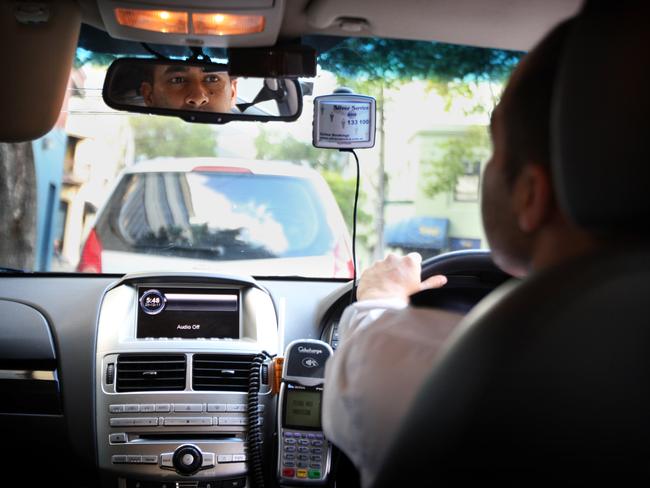
THE TAXI INDUSTRY FIGHTS BACK
The problem with being a successful new entrant in the market is you tend to upset existing players. The entrenched and powerful taxi industry has vehemently fought the advent of Uber, both in public and behind closed doors.
The NSW Taxi Council argues that, instead of reviewing rules to regulate ride-sharing, the government should uphold the existing laws that make it illegal.
“Ride-sharing is a for-profit enterprise that provides illegal taxi services. It places the public at risk through the lack of proper government-backed checks and compliance measures for drivers and vehicles, and it directly undermines the efforts of hardworking and law-abiding taxi drivers, operators and owners,” the council said in response to the IPART report.
“Operating under the guise of the ‘shared economy’, ride-sharing, and specifically UberX, are exposing both drivers and customers to increased risk through (but not limited to) noncompliance with the law, including the non-adherence to the government required checks for authorities and licences; inadequate or no insurance; no workers’ compensation insurance; no industrial relations arrangements; and the insidious practice of surge pricing.”
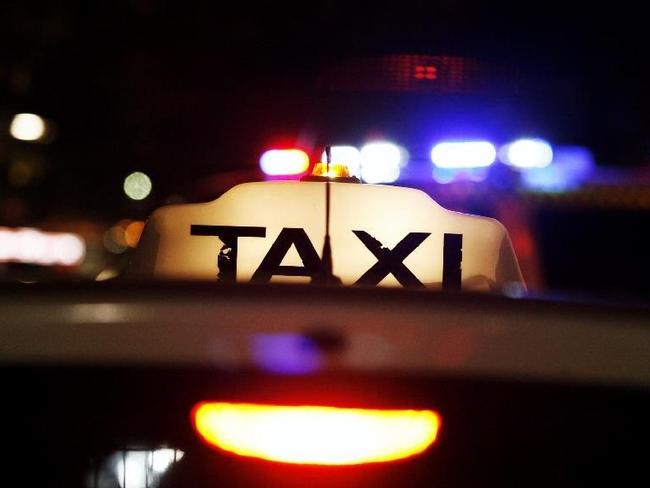
Australian Taxi Industry Association chief executive Blair Davies told news.com.au that licensed taxi drivers underwent vigorous background checks as well as a series of training sessions that covered everything from customer service to road geography.
“We’re an open economy but you have to play by Australian laws. Why not have your drivers go through the process of meeting all the requirements?” he told news.com.au.
Mr Davies also said there was no need for extra licences in the market.
He said Uber drivers should compete against licensed taxis for customers within the existing system. Essentially, he’s saying Uber drivers should become taxi drivers.
While further growth of ride-sharing seems inevitable to many, Mr Davies disagreed.
“I would say to you that there’s nothing inevitable about it. There are a number of scenarios that could play out. There are plenty of unhappy Uber customers that have taken to social media,” he said.
The unhappy customers Mr Davies refers to include those who were shocked by their final bill when catching the high-end UberBlack service during surge-pricing peak periods, such as New Year’s Eve. Mr Davies likens Uber’s surge pricing to “extortion”.
It hasn’t all been smooth sailing for Uber, despite its $US40 billion valuation. The company has been plagued with a string of global PR disasters. These include the furore over a high-level executive, which claimed to have set aside $US1 million to target journalists critical of its operations.
The taxi industry also points out that it provides a service for disabled Australians with many accessible cars, whereas Uber does not.
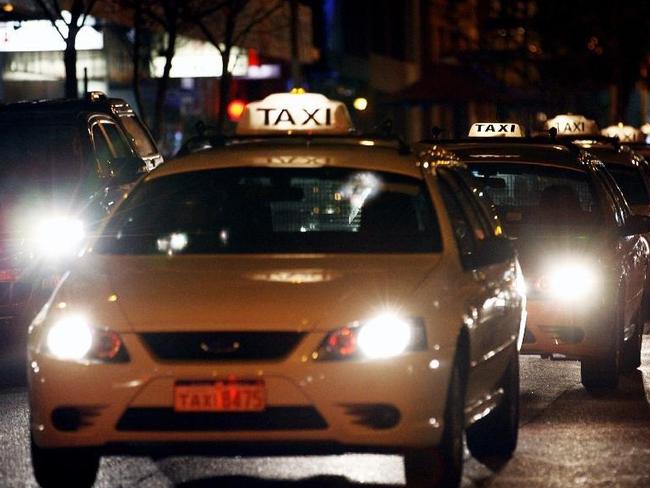
TAXI DRIVERS’ VIEW
Many taxi drivers have begun accepting jobs through the Uber app and Australian Taxi Drivers Association president Michael Jools said this was a good thing insofar as it gave work to drivers.
Mr Jools said Uber should be regulated, but the service would likely lose its efficiencies in the process.
“The problem of the regulation is they add about $50,000 to the cost of operating a taxi and that cost is reflected in the fares,” he said. “The regulations need to be fundamentally altered.”
He welcomed that Uber had provoked a discussion about the excessive fees that taxis pay.
“We as taxi drivers would love to offer the service that Uber does: It’s cheaper, it’s as efficient and it’s better. But we are bound by a whole range of regulations and nonsense that prevents us from delivering the service that customers deserve,” he told news.com.au.
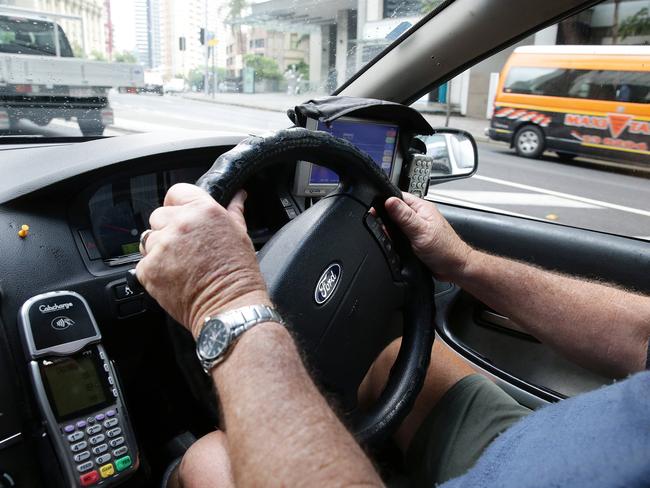
HOW THE STATES ARE DEALING WITH UBER
â— Victoria: Uber has agreed to allow drivers to be accredited by the government, but this has yet to be endorsed by state government legislation. Taxi Services Commission chairman Graeme Samuel told Business Review Weekly that governments were in a place where consumers were clamouring for options like UberX because they were not satisfied with existing taxi services.
â— Western Australia: Uber says it is in discussions with the government to create a new transport category to slot its services into. In the meantime, it said that following consultation, it has advised its drivers to take out hire car class insurance and to get a F-extension on their WA licence, which covers a national police check, a traffic infringement check and a medical assessment.
â— South Australia: UberX services remain illegal
â— Queensland: UberX services remain illegal
â— NSW: UberX services remain illegal.
News.com.au has approached NSW Transport Minister Gladys Berejiklian for comment.
Taxis or Uber? Which service do you prefer? Comment below or join the conversation on Twitter @newscomauHQ.



